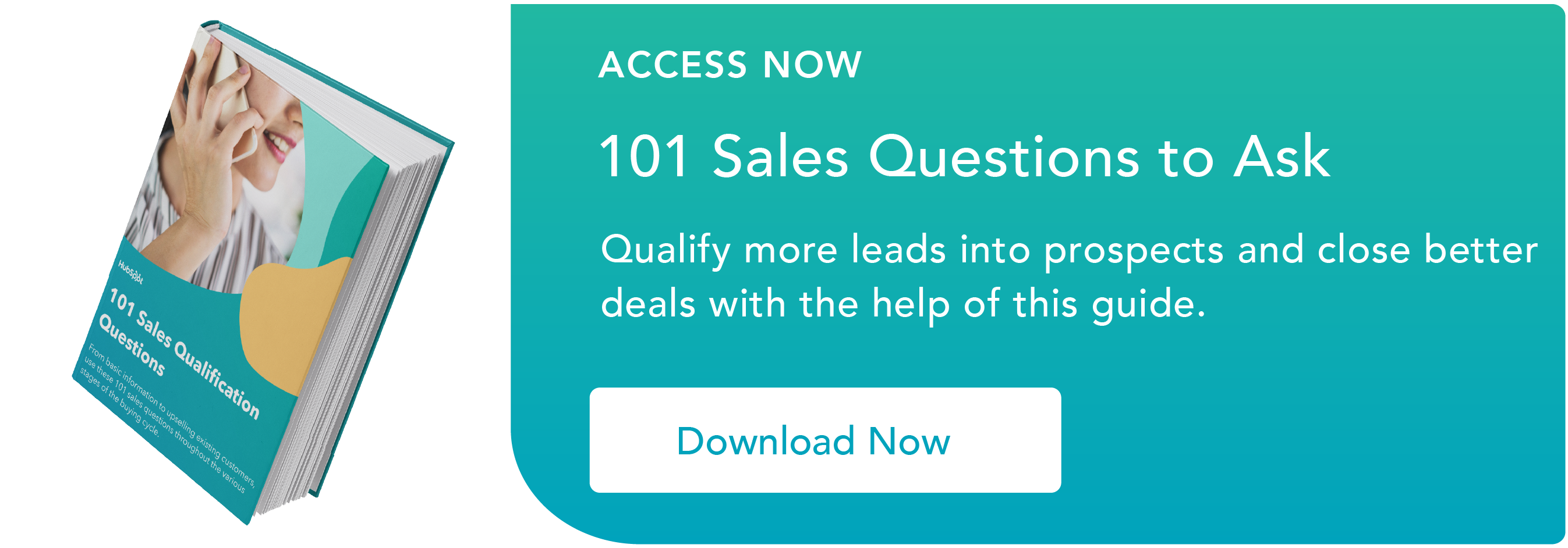As a quick summary, the traditional BANT model has four components:
- Budget: Does your prospect have enough money to buy the product?
- Authority: Can they make a purchase decision?
- Need: Do they have a need that the product or service in question can fulfil?
- Timescale: Do they have a specific deadline to meet in regards to their need?
In the BANTER model, you have two additional aspects to qualify:
- Engagement: How do they interact with various online channels?
- Review: What drives your leads to make a purchase?
Engagement
Each online channel has its own idiosyncrasies and usage patterns. Facebook, for example, is an algorithm-tailored browsing experience. Google is a personal search and find experience, while traditional display ads are an interruptive viewing experience.
The way in which a consumer interacts with each channel indicates the quality and intent of the lead.
Take leads that enter your funnel through PPC search ads, for example. A consumer will come across these ads when they’re actively looking for a service, and their search term will reflect their specific concern. With effective matching techniques, salespeople should be able to identify leads at the tail end of the funnel and about to buy, such as those searching “where to buy widgets.”
This logic also suggests a lead who converted on search has more intent to buy than someone who converted through a display or banner ad you’ve placed on an external website. This lead is actively looking for a product or service, rather than just being drawn to an advert seen while browsing. So as a salesperson, you should prioritize every PPC lead you can -- but this is only the beginning of your qualification.
If marketers have effectively tagged their campaigns, you should be able to see what source, keyword or phrase has generated the lead. From this, you can discern what your sales script needs to focus on. For example, if the search term is “what’s the best widget for $1000,” you know this lead is price-sensitive, whereas someone who searches a term like “what’s the most effective widget” cares most about ROI.
This method may seem PPC-biased, but it also works for paid social and display. When a lead comes in, look at the particular image the consumer was attracted to, the video they engaged with, or the messaging they clicked on. Leads will still differ according to the platform they are generated on and your vertical market. However, with a bit of practice you’ll pick up the best ways to approach various types of leads.
Review
Review how consumers spend their time during the purchasing process. If your product has a long average sales cycle, figure out what leads are doing during that time. They’re most likely researching possible solutions to their problem, so instead of hoping and praying that they settle on your product, you should be actively nurturing the lead during this decision-making process.
Send across case studies and other great tailored content about your product, such as blog posts which address their biggest concerns. Make sure you’re interacting with comments on social media, forums, and review sites on behalf of your company. If your consumers have a friendly, human face to associate with your product, they’ll build a strong brand identity in their minds that’ll work in your favor.
The benefit of the BANTER methodology is that it provides a strong foundation from which you can come up with good qualifying questions. You should build these into your process as early as possible. The trick is to make your sales process easy for leads to participate in, but not so easy that you allow unqualified prospects to slip through the cracks. Ask them what they are looking for, and whether they’ve used a product like this before -- don’t ask them for exact budget, their five-year plan and what they like to eat on Tuesdays.
The BANTER framework is a simple process that’s immeasurably useful when assessing the quality of inbound leads.
Sales Qualification




![How I use BANT to qualify prospects [+ expert tips]](https://53.fs1.hubspotusercontent-na1.net/hubfs/53/bant-questions-6606f7b6c0d9e.webp)



![21 Signs Your Buyer Is a Poor Fit [Sales Process Checklist], According to HubSpot's Former Sales Director](https://53.fs1.hubspotusercontent-na1.net/hubfs/53/Bad%20fit%20checklist.jpg)



